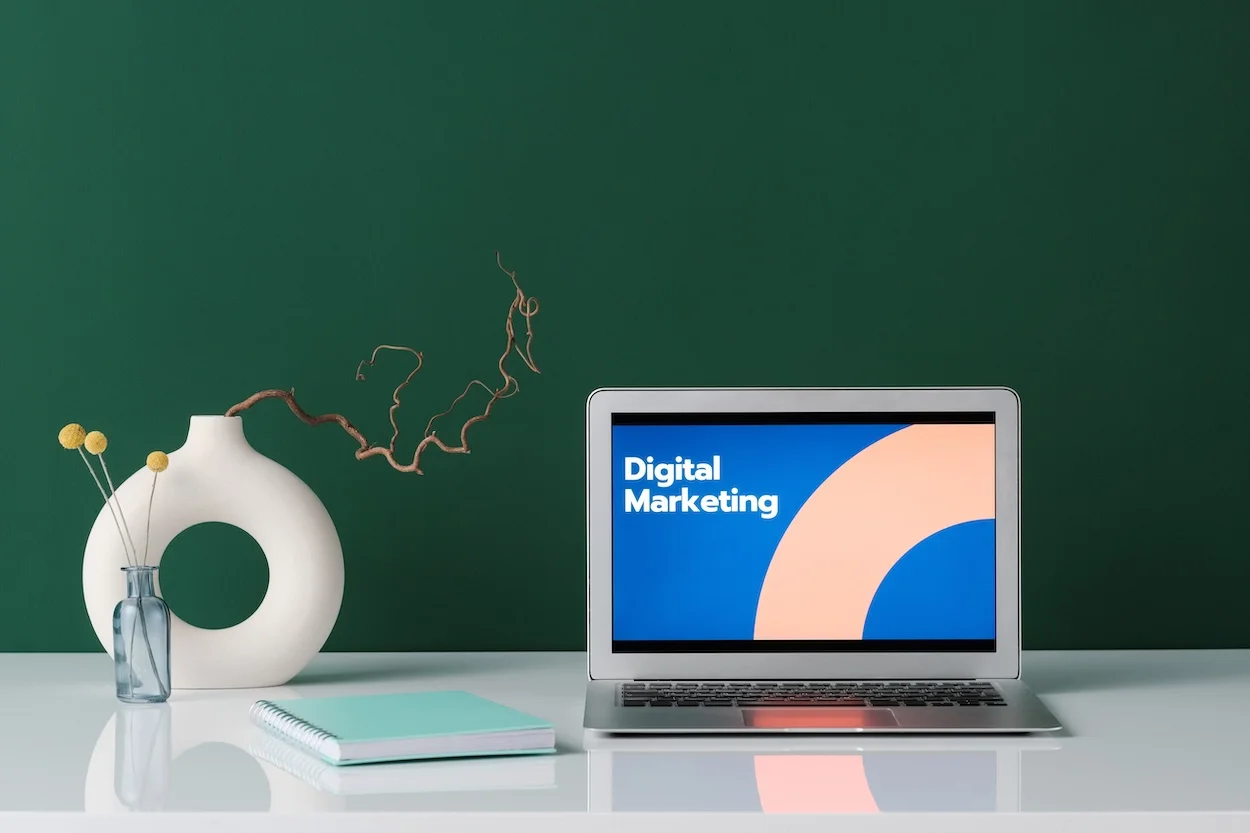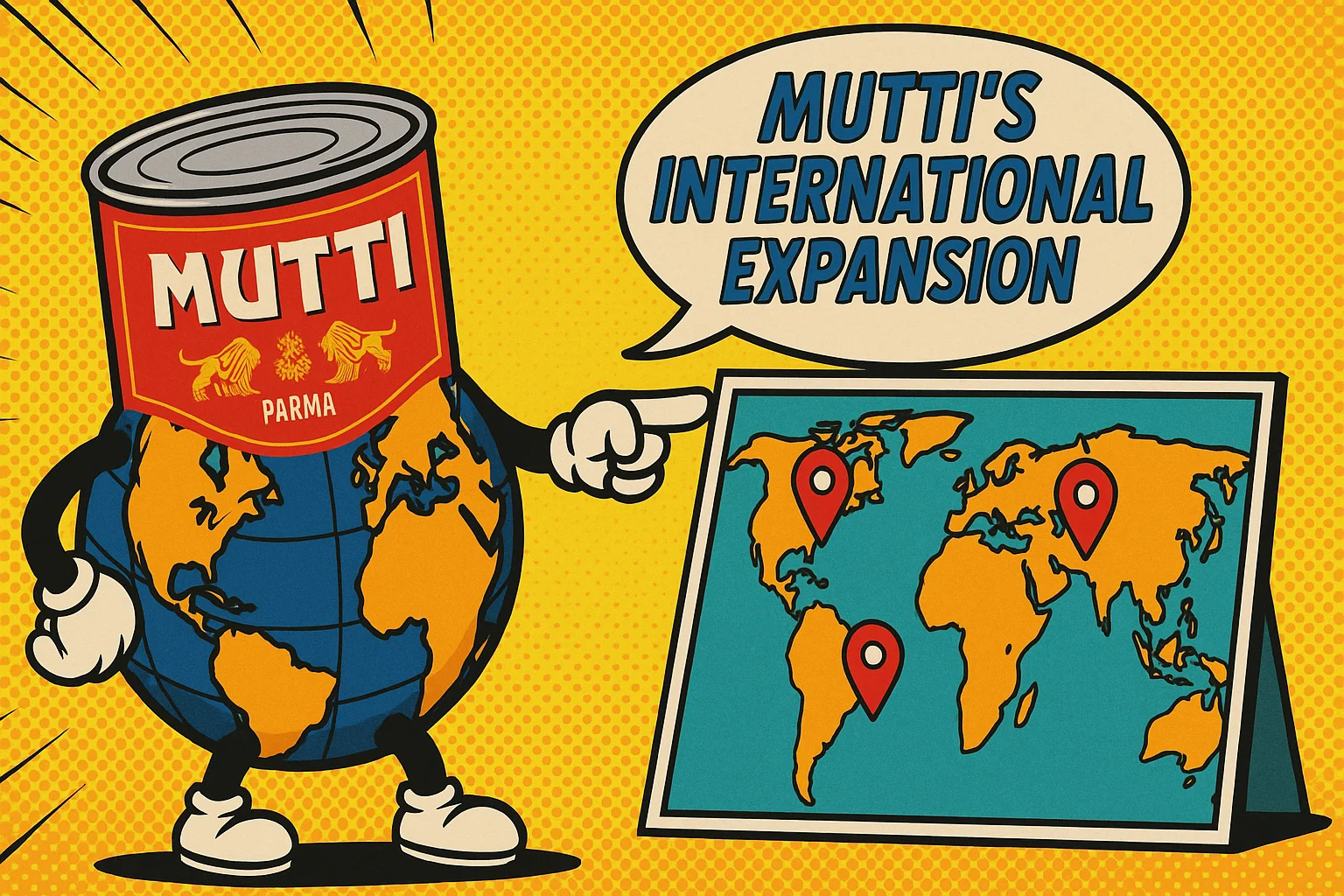

It is the question all marketing and sales professionals should know how to answer today.
When I started my career, the marketing department’s definition done by a senior manager of a company struck me.
“a big black hole, millions of endowed lire – I worked in Italy at the time — we don’t know what return they generate us.”
I’ve lost touch with that manager, he’ll be enjoying his retirement, but today we’d have many arguments to contrast his definition.
To people who ask me what digital marketing is, at first, I do answer what it is not: it is not emailing, it is not Facebook or Twitter or one of the many social networks that exist, it is not about SEO and SEM, not to mention the almost infinite world of internet acronyms, HTTP, Html, cms, URL, SQL… all these are elements of digital marketing.
Then I answer that digital marketing is more than traditional marketing with the great advantage of measuring, plotting, and analysing practically every moment of the relationship with our customers.
We are talking about a lot of data, what we can define as the “dark data” of marketing: the new challenge of each marketing professional is to turn this data into information and, finally, this information into “insights”, that is, knowledge and understanding of its market and its customers.
Without disturbing Maslow’s hierarchy of needs, it is not far-fetched to say that marketing has not changed.
The customer is still at the centre and the people. By the way, companies need to communicate, grow, relate, share, enjoy, and develop… and the main objective of each “marketer” remains the creation of value, the communication of that value and finally, its acquisition.
Without a doubt, what digital marketing has brought us has been a considerable reduction in the way we communicate this value to our customers and to our target audience.
The digitalisation of information, that is, the transformation of everything into a long sequence of zeros and ones, allows us to communicate to large audiences quicker and with lower production and distribution costs.
Once we have clarified what is and what is not digital marketing, we face the extraordinary task of putting the order in our marketing department.
Making order begins with understanding how to work and develop Paid, Owned and Earned Media.
At the centre of the strategy, we have to put our Owned media, that is to say, the corporate website, social networks (emphasising above all on YouTube) or the eCommerce platform.
In social networks and the corporate web, the effort must create content to educate customers, whether B2C or B2B. At the same time, the eCommerce platform aims to make the shopping experience as satisfying as possible.
Content has become the main asset, and it must answer the questions and doubts of our target audience.
The content must address the following three segments:
And now, after reorganising the content and objective, the work of analysing the data begins so that we can continue to learn about our customers, their preferences, and their needs to bring value to them.
It is the question all marketing and sales professionals should know how to answer today.
When I started my career, the marketing department’s definition done by a senior manager of a company struck me.
“a big black hole, millions of endowed lire – I worked in Italy at the time — we don’t know what return they generate us.”
I’ve lost touch with that manager, he’ll be enjoying his retirement, but today we’d have many arguments to contrast his definition.
To people who ask me what digital marketing is, at first, I do answer what it is not: it is not emailing, it is not Facebook or Twitter or one of the many social networks that exist, it is not about SEO and SEM, not to mention the almost infinite world of internet acronyms, HTTP, Html, cms, URL, SQL… all these are elements of digital marketing.
Then I answer that digital marketing is more than traditional marketing with the great advantage of measuring, plotting, and analysing practically every moment of the relationship with our customers.
We are talking about a lot of data, what we can define as the “dark data” of marketing: the new challenge of each marketing professional is to turn this data into information and, finally, this information into “insights”, that is, knowledge and understanding of its market and its customers.
Without disturbing Maslow’s hierarchy of needs, it is not far-fetched to say that marketing has not changed.
The customer is still at the centre and the people. By the way, companies need to communicate, grow, relate, share, enjoy, and develop… and the main objective of each “marketer” remains the creation of value, the communication of that value and finally, its acquisition.
Without a doubt, what digital marketing has brought us has been a considerable reduction in the way we communicate this value to our customers and to our target audience.
The digitalisation of information, that is, the transformation of everything into a long sequence of zeros and ones, allows us to communicate to large audiences quicker and with lower production and distribution costs.
Once we have clarified what is and what is not digital marketing, we face the extraordinary task of putting the order in our marketing department.
Making order begins with understanding how to work and develop Paid, Owned and Earned Media.
At the centre of the strategy, we have to put our Owned media, that is to say, the corporate website, social networks (emphasising above all on YouTube) or the eCommerce platform.
In social networks and the corporate web, the effort must create content to educate customers, whether B2C or B2B. At the same time, the eCommerce platform aims to make the shopping experience as satisfying as possible.
Content has become the main asset, and it must answer the questions and doubts of our target audience.
The content must address the following three segments:
And now, after reorganising the content and objective, the work of analysing the data begins so that we can continue to learn about our customers, their preferences, and their needs to bring value to them.


